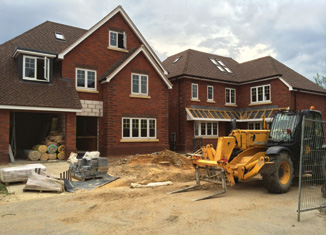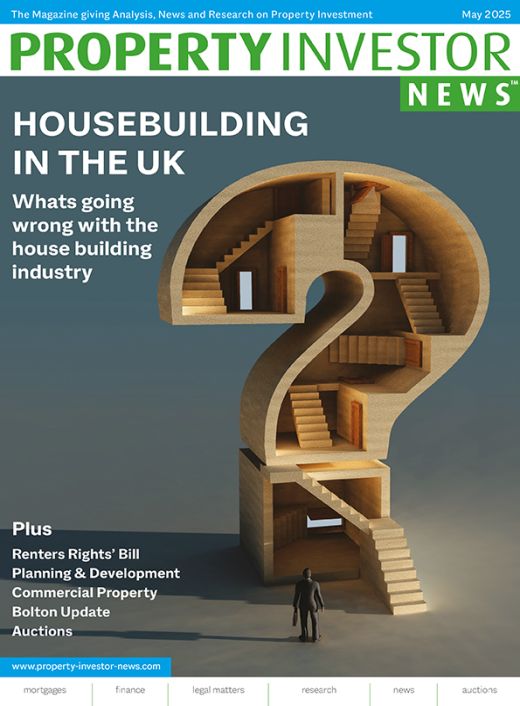If you are undertaking any form of refurbishment, renovations, change of use (Commercial to Residential) or even just adding an en-suite to an HMO, I believe that you should have a basic understanding of your obligations under the Building Regulations.
So, what are they and how do they affect you? The Building Regulations in England and Wales came into force after 1985. The last and current edition was published in October 2010 (with amendments). They are Statutory documents prepared by the Secretary of State in England and Wales and failure to comply with them can result in enforcement and/or a fine.
The Building Regulations are completely different from Planning and HMO Licensing, they apply only to ‘building work’ or to a ‘material change of use’ of a building. Their purpose is to ensure that any building work that is notifiable is undertaken using good quality material and is executed through good workmanship.
The main areas of ‘Building Work’ that that are notifiable by you, as a property investor undertaking renovations and conversions are as follows:
1. The erection or extension of a building, which includes the re-erection of a building or part there-of and roofing over any space between walls and buildings.
2. The provision of extension of a ‘controlled service or fitting’, i.e., cold water supply- part g1, water efficiency-part g2, hot water supply-part g3, sanitary conveniences and washing facilities-part g4, bathrooms (wet areas)-part g5, kitchens-part g6, drainage and waste disposal-part h, fixed heat producing appliances burning solid fuels, oil or gas-part j and electrical safety, design and installation-part p.




















